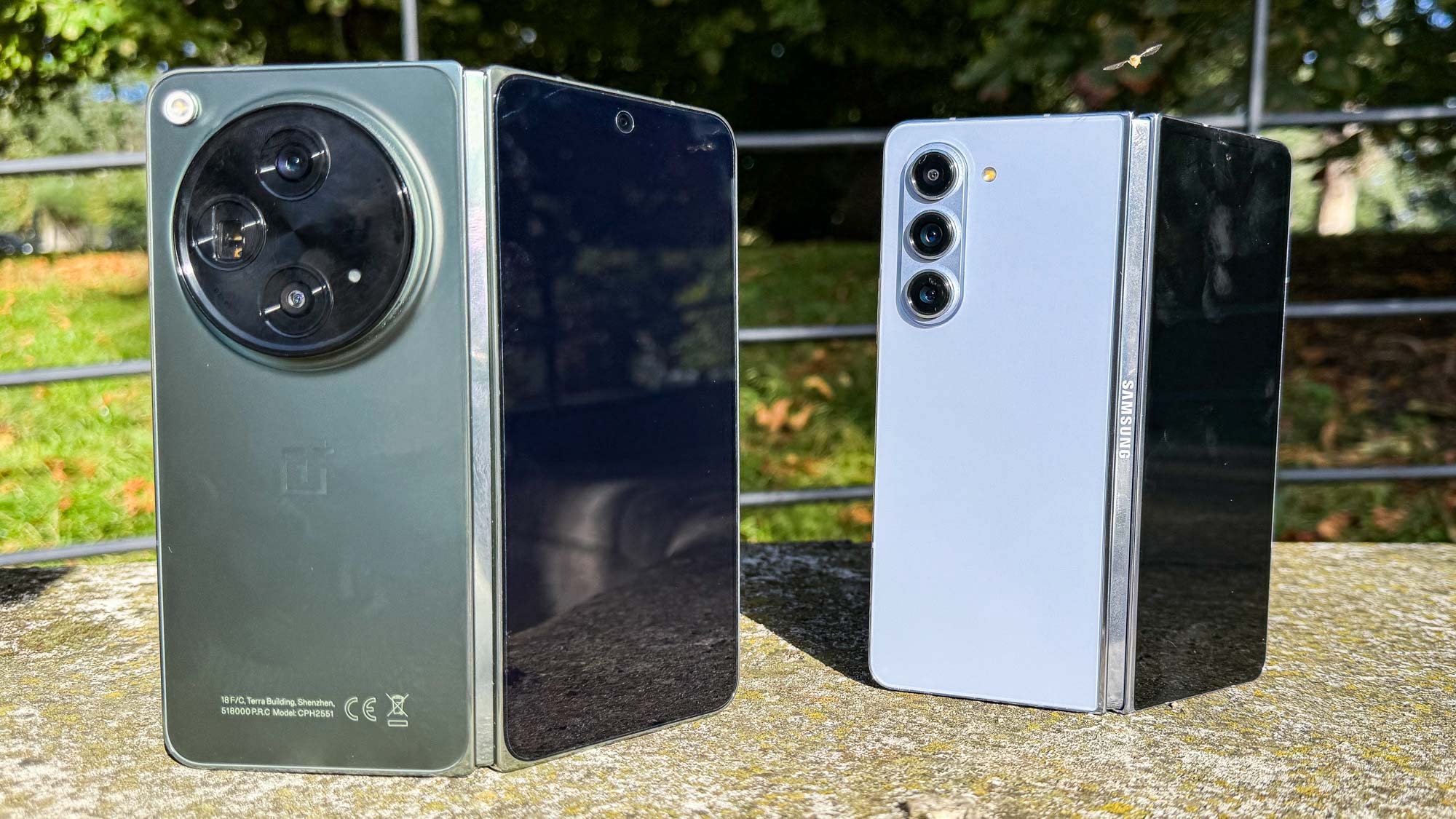
Foldable phones have been slowly establishing themselves as a key part of the smartphone world ever since we saw the first models emerge in 2019. But as we enter the fifth year of foldables in 2024, I've never been more excited to see how this cutting-edge part of the smartphone world continues to develop.
2024 will hold a lot of noteworthy phone releases, like the Galaxy S24 soon into the year, and no doubt an iPhone 16 and Pixel 9 towards its tail end. But for all the advancements that are already rumored for these smartphone staples, they're not going to be able to compete with foldables when it comes to novelty and innovation.
My optimism has been fuelled in large part by this year, which has seen an immense shift in the balance of power. Foldables have up to this year been dominated by a single brand - Samsung, especially in the U.S. where it was effectively the only game in town. But now there are a lot more challengers.
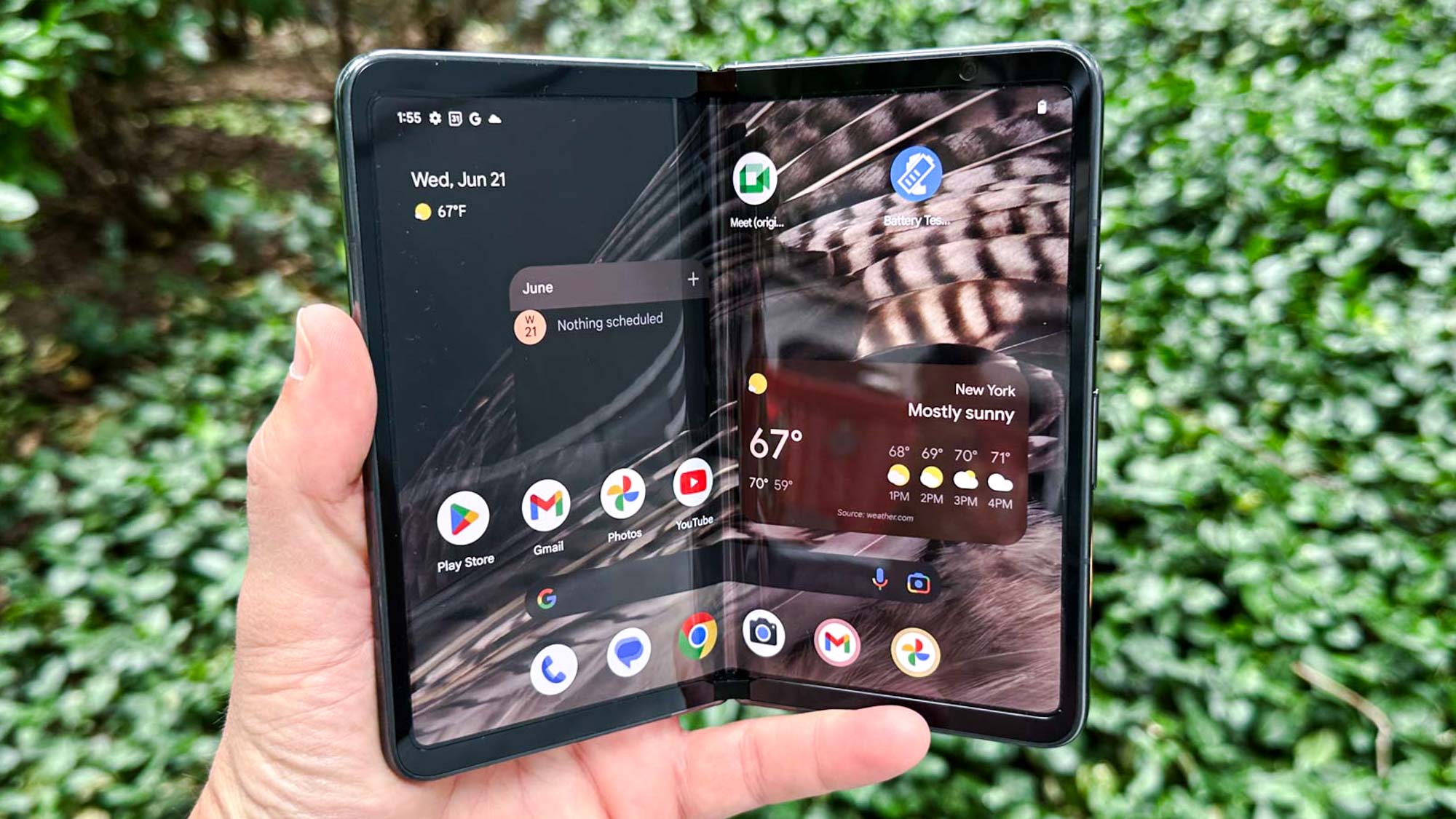
In the larger "book-style" foldable category, the Google Pixel Fold appeared midway through this year with Google's usual software and camera tricks, applying pressure to Samsung as it did so. More recently we had the OnePlus Open, my personal phone of the year pick for its brilliant specs, large and well-proportioned displays and its Open Canvas multitasking system.
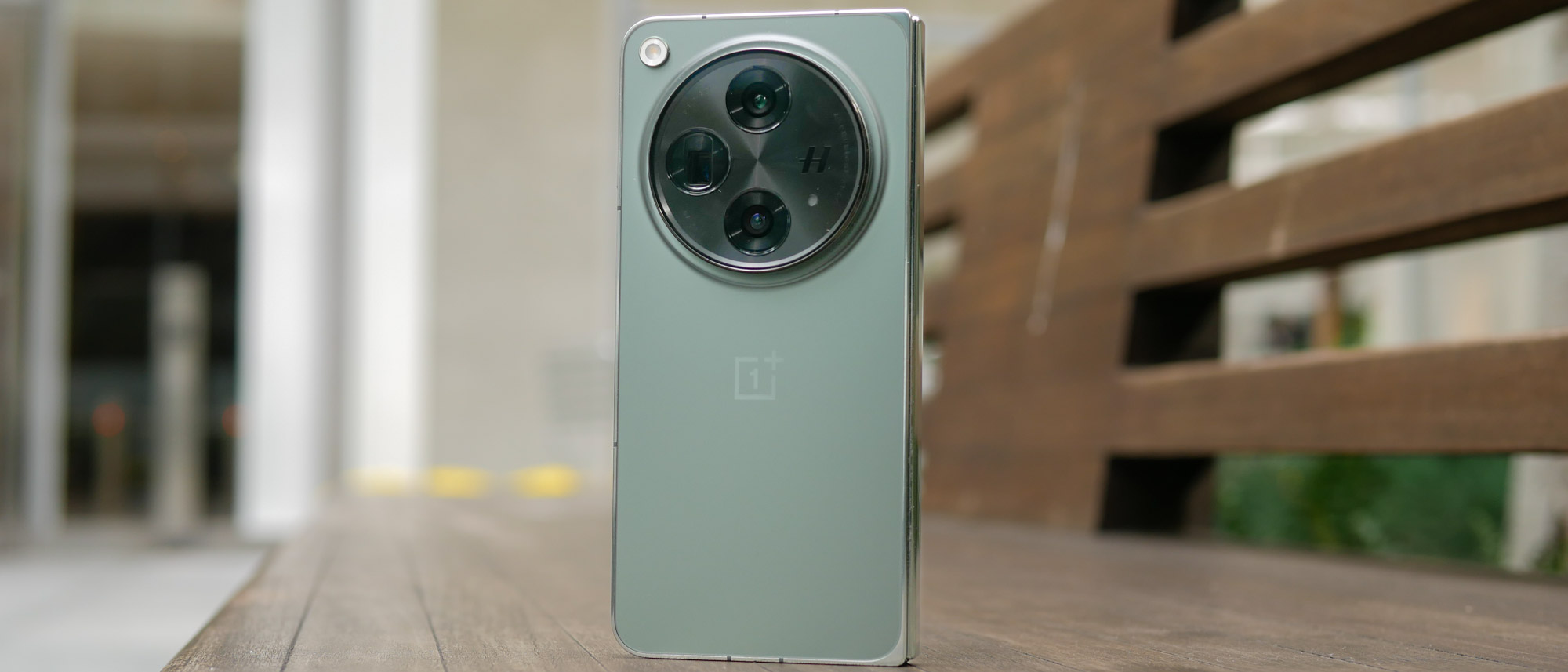
Meanwhile the Motorola Razr 2023 and Razr Plus have been competing in the compact foldable arena. Moto finally managed to escape the curse afflicting the last few generations of Razr foldables this year, offering both a budget and premium take on the form factor at once.
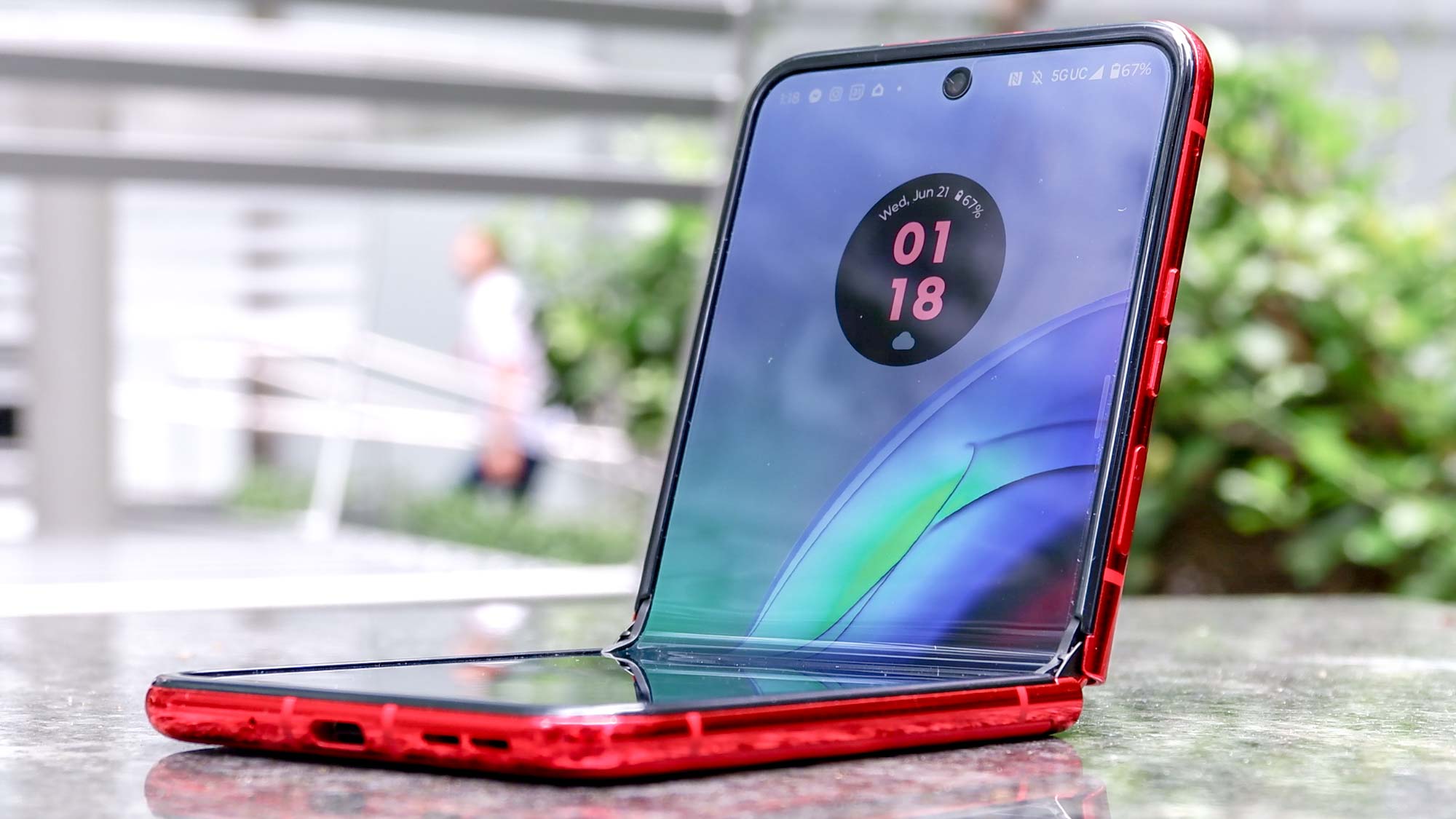
That's not to mention the additional choices available beyond the United States. In the U.K. we've also had the Honor Magic Vs and Oppo Find N2 Flip go on sale here, making for even more choice than we've seen before.

Samsung hasn't stayed still, of course. The Galaxy Z Fold 5 and especially the Galaxy Z Flip 5 have undergone some welcome changes. But these series' status as the go-to foldables is now gone, and Samsung will have to figure out how to win customers back around going forward.
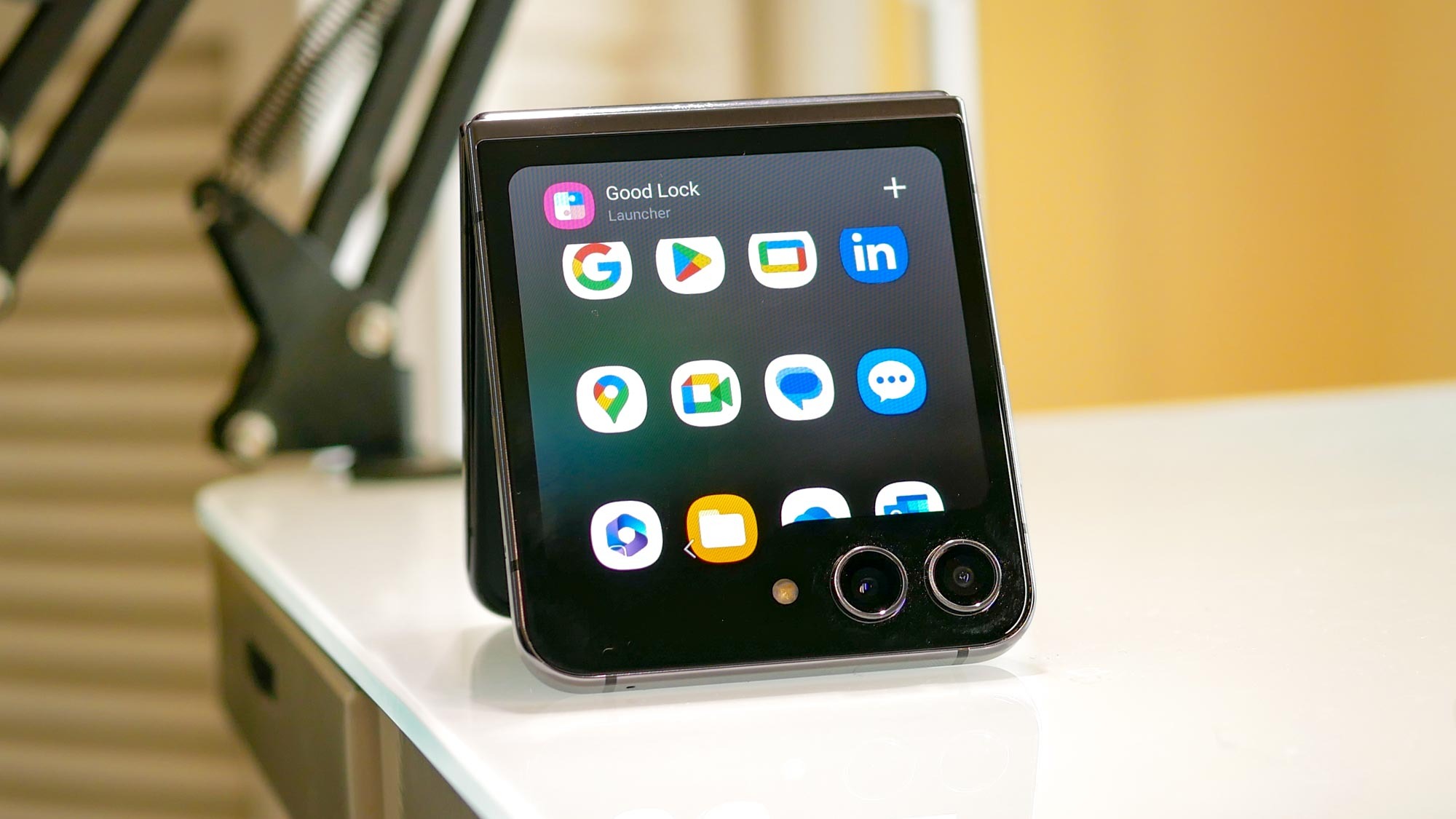
Although the rumor mill is relatively quiet at the moment, I expect all of these first and second-gen phones will see major improvements in the coming year. Iteration can be a little uninteresting for phone buyers but it is often beneficial for usability and reliability, two key reasons users are still reluctant to make the leap to a foldable.
That said, the Galaxy Z Fold 6 is set to be the largest upgrade to a Galaxy Z since the Galaxy Z Fold 2. While the leaks we've had so far can't seem to decide on the direction Samsung's going to take yet, it seems a given that the next Z Fold is going to be a big deal.
The biggest change I'd like to see is the introduction of more foldables from China to the global market. This may have limited benefit to the U.S. where Chinese companies struggle to (or are effectively forbidden to) gain a foothold, but foldables from Xiaomi, Vivo and others have been inspiring envy for a few years already.
I also have a slightly more unrealistic hope that 2024 will be the year we see the cost of foldable phones start to go down. The more established foldables become, the more likely we are to see the price drop from their current highs. Even if we don't see the $500 Samsung foldable that we briefly thought was on the cards, or any meaningful price decrease next year, it'll happen sooner or later, according to representatives from companies like Samsung, Google and Motorola when we spoke to them recently.
The cherry on top of the foldables cake would be an iPhone Flip, though. It's been rumored for years, and if it finally launched next year we'd be set for the biggest year in foldables for sure. But even if Apple decides to hold out for another year, there's still a lot to look forward to.
More from Tom's Guide
- The best foldables you can buy today
- I ditched the iPhone 15 Pro for the OnePlus Open — 5 things I discovered
- Samsung Galaxy S24 Ultra — what to expect from Samsung's next big phone







